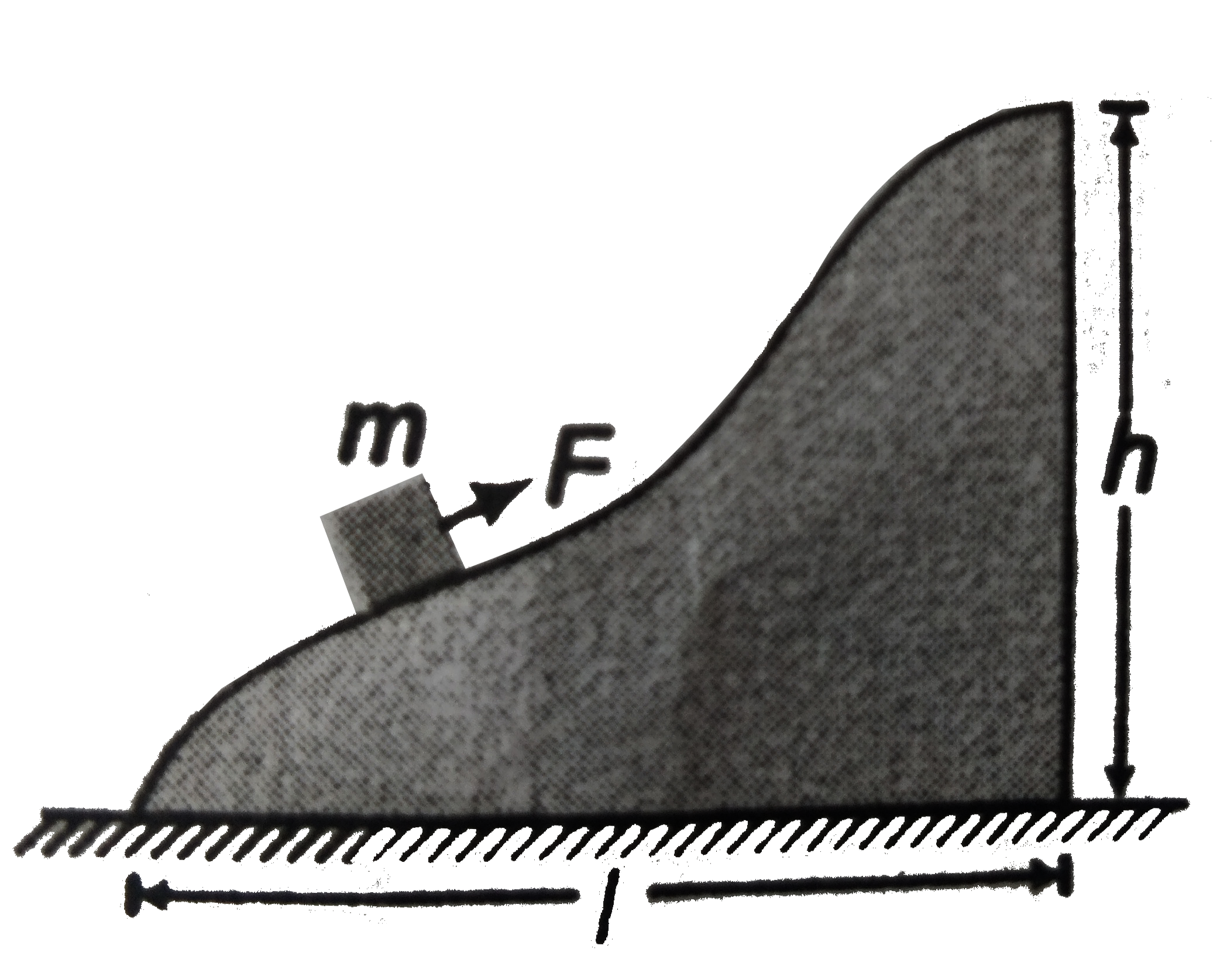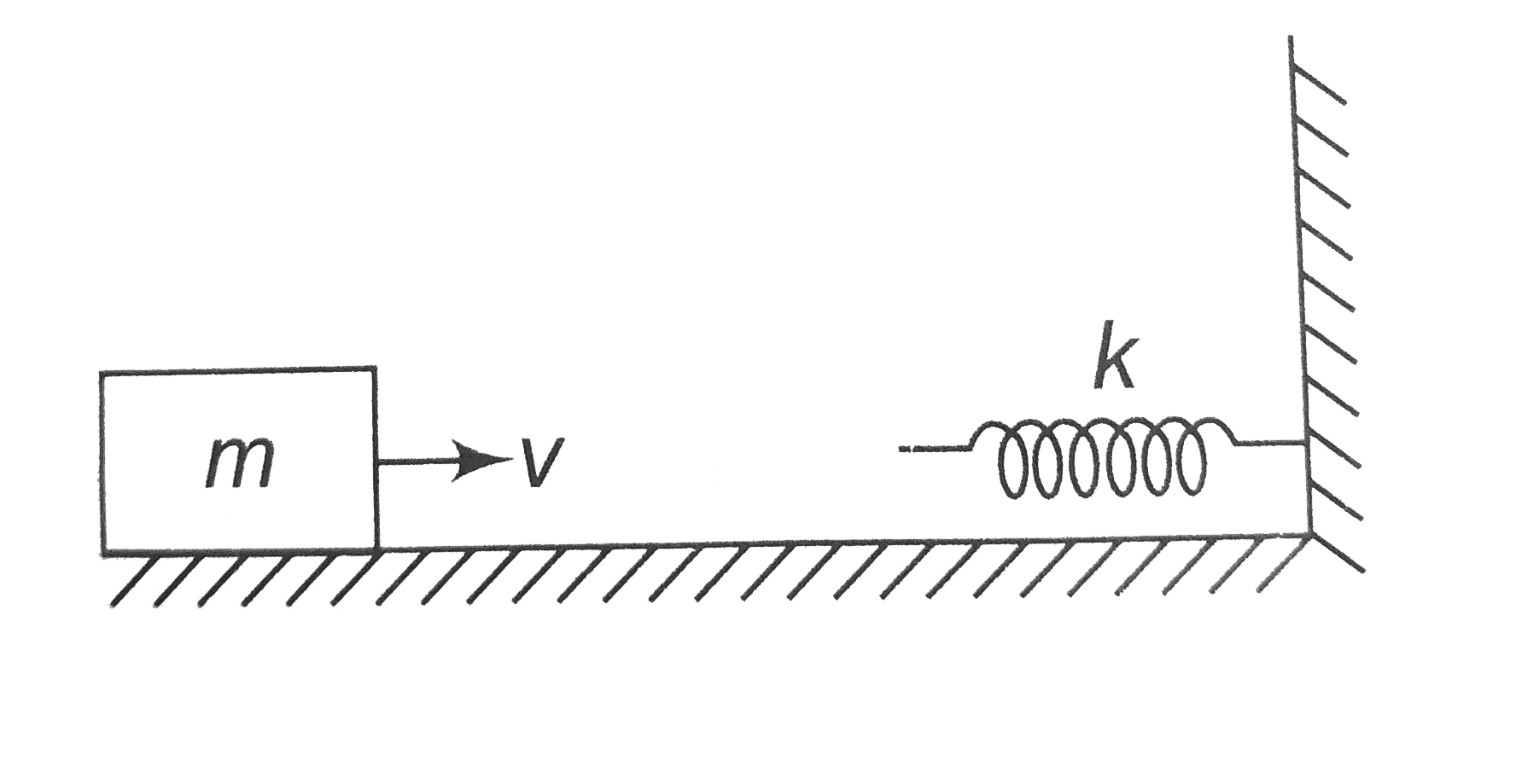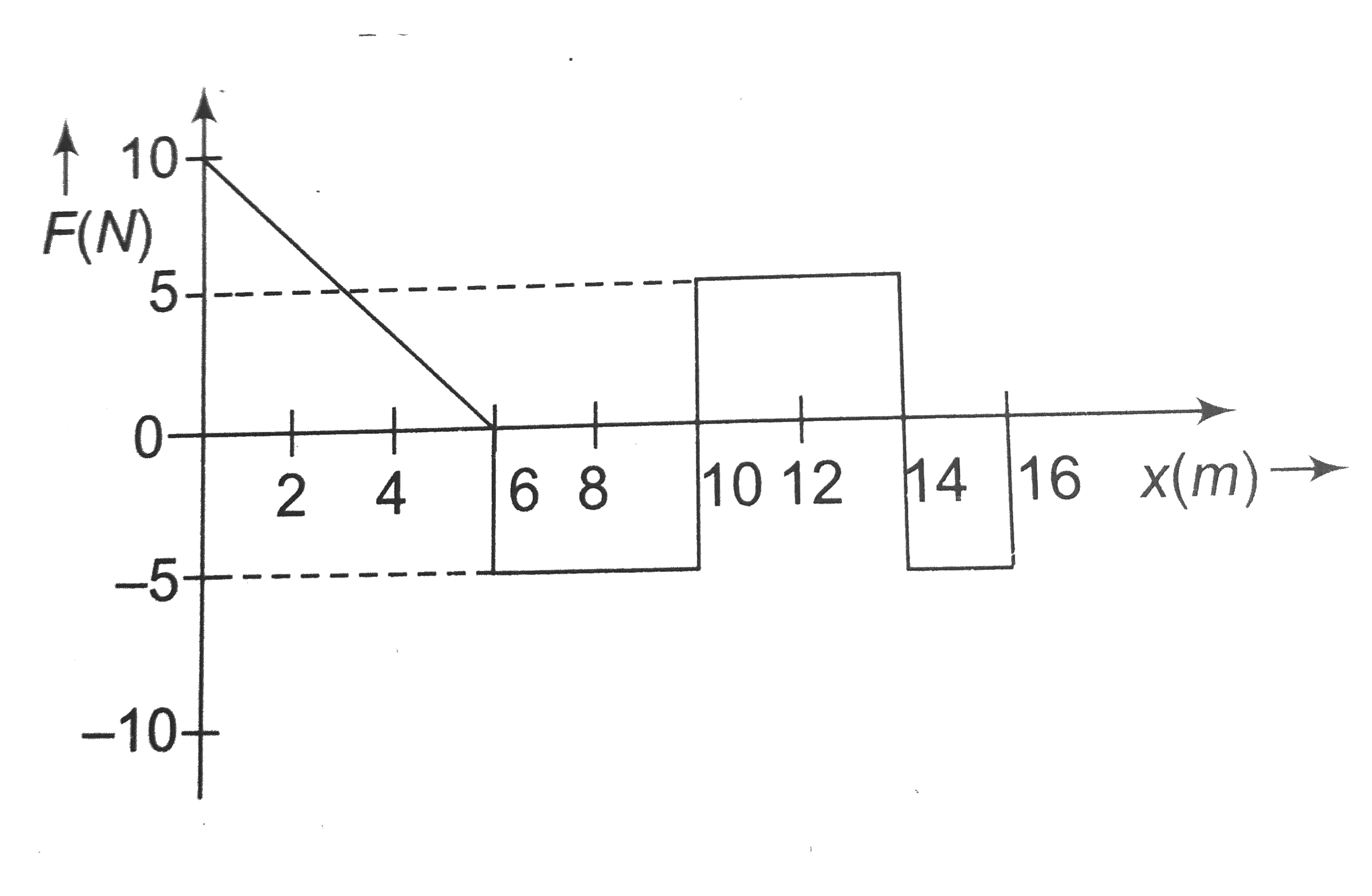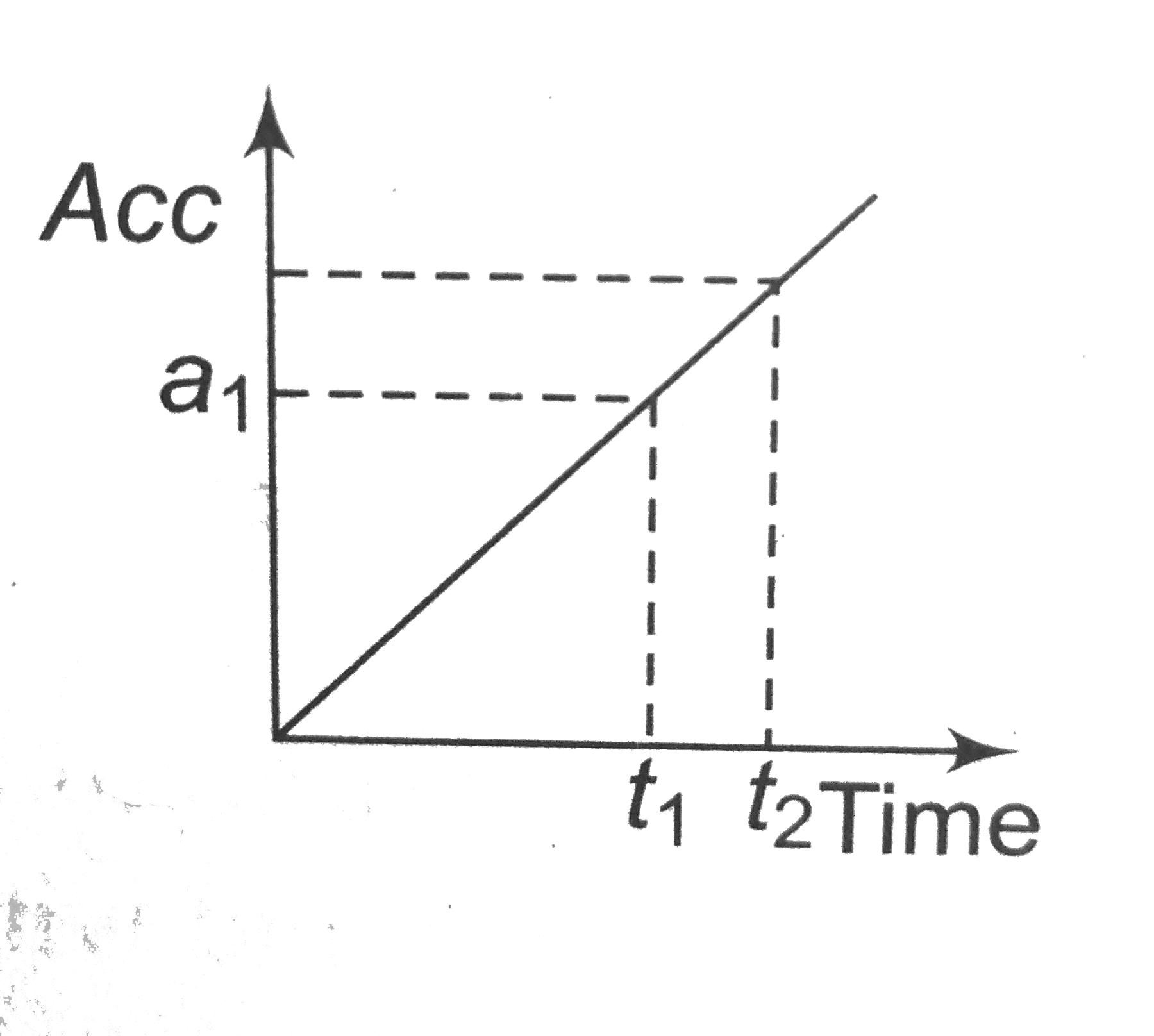Complete Solutions to Work-Energy Theorem of chapter WORK, ENERGY, POWER AND COLLISION of Class 11 book with complete answers and questions
| Class 11 | PHYSICS |
| Chapter | WORK, ENERGY, POWER AND COLLISION |
| A2Z | Work-Energy Theorem |
| Number Of Questions | 27 |
| Academic Year | 2023-24 |
A particle is acted upon by a force of constant magnitude which is always perpendicular to the velocity of the particle, the motion of the particle takes place in a plane. It follows that
01:19View SolutionIdentify the correct statement about work energy theorem.
02:56View SolutionIf the net work done by external force on a partical is zero which is the following statement about the partical must be true?
01:07View SolutionA ball of mass `m` moves with speed `v` and stricks a wall having infinite mass and it returns with same speed then the work done by the ball on the wall is
01:17View SolutionIs the work required to be done by an external force on an object on a frictionless , horizontal surface to accelerate it from a speed `v` to a speed `2v`
01:40View SolutionA force act on a `30 gm` particle in such a way that the position of the particle as a function of time is given by `x = 3 t - 4 t^(2) + t^(3)`, where `x` is in metros and `t` is in seconds. The work done during the first `4` second is
06:27View SolutionA certain spring that obeys Hook's law is stretched by an external agents. The work done in stretching the spring by 10 cm is 4 J . How much additional work is required to stretch the spring an additional `10 cm`?
02:19View SolutionA `3.00 kg` object has a velocity `(6.00 hati - 2.00 hatj) m//s`. What is the net work done on the object if its velocity changes to `(8.00 hati - 4.00 hatj) m//s`?
01:34View SolutionTwo identical `5 kg` blocks are moving with same speed of `2 m//s` towards each other along a frictionless horizontal surface . The two blocks collide , stick together and come to rest. Consider the two blocks as a system . The work done by the external and ijnternal force are respectively:
02:28View SolutionA body of mass m was slowly hauled up the hill as shown in the fig. by a force F which at each point was directed along a tangent to the trajectory. Find the work performed by this force, if the height of the hill is h, the length of its base is l and the coefficient ot friction is `mu`.
 . 09:32View Solution
. 09:32View SolutionA block is released from rest from a height `h = 5m`. After travelling through the smooth curved surface it moves on the rough horizontal surface through a length `l = 8 m` and climbs on to the other smooth curve surface through a height `h'`. If `mu = 0.5` find `h'`.
 02:16View Solution
02:16View SolutionA bullet when fixed at a target with a velocity of `100 ms^(-1)`, penetrates one metre into it. If the bullet is fired with the same velocity as a similar target with a thickness `0.5` metre, then it will emerge from it with a velocity of
05:49View SolutionThe displacement of a body of mass `2 kg` varies with time `t` as `S = t^(2) + 2t`, where `S` is in seconds. The work done by all the forces acting on the body during the time interval `t = 2s` to `t = 4s` is
02:03View SolutionA block with mass `0.50 kg` is forced against a horizontal spring of negligible mass , compressing the spring a distance of `0.20 m` (figure). When released, the block moves on a horizontal table top for `1.00N//m`. What is the coefficient of kinetic friction `mu _(k)`, between the block and the block and the table?
 02:08View Solution
02:08View SolutionA particle is projected from a point P with a velocity v at an angle `theta` with horizontal. At a certain point Q it moves at right angles to its initial direction. Then
03:02View SolutionUnder the action of a force, a `2 kg` body moves such that its position x as a function of time is given by `x =(t^(3))/(3)` where x is in metre and t in second. The work done by the force in the first two seconds is .
01:54View SolutionThe displacement `x` of particle moving in one dimension, under the action of a constant force is related to the time `t` by the equation ` t = sqrt(x) +3`
where `x is in meters and t in seconds` . Find
(i) The displacement of the particle when its velocity is zero , and
(ii) The work done by the force in the first ` 6 seconds`.04:23View SolutionA body of mass `m` is accelerated uniformly from rest to a speed `v` in a time `T` . The instantaneous power delivered to the body as a function of time is given by
02:01View SolutionAn open knife of mass m is dropped from a height h on a wooden floor. If the blade penetrates up to the depth d into the wood. The average resistance offered by the wood to the knife edge is .
02:39View SolutionA small head of `m` is pleced in the bottom of which glass of value radius `R` It is displaced by `(h ltlt R)` along the glass surface and released calculate the total distance described by it before it comes to rst of the botom `mu` is the coefficient of friction between bead and the watch glass
03:12View SolutionA raindrop of mass `1g` falling from a height of `1km` hits is the ground with a speed of `50 ms^(-1)` If the resistence force is properition to the speed of the drop .then the work done by the resistence force is`("Taking" g: 10ms^(-2))`.
01:52View SolutionA block of mass `m` is released from the top of a mooth inclined plane of height `h` its speed at the bottom of the plane is proportion to
01:05View SolutionA block of mass `m` is moving with a speed `v` on a horizontal rough surface and collides with a horizontal mounted spring of spring constant `k` as shown in the figure .The coefficient of friction between the block and the floor is `mu` The maximum compression of the spring is
 03:37View Solution
03:37View SolutionA bodu of mass `4kg` is moving with momentant of `8kg m s^(-1)` A force of `0.2N` acts on it in the direction of motion of the body for `10 s` The increases in kinetic energy is
02:25View SolutionA particle is acted upon by a force `F` which varies with position `x` is shown in figure .If the particle at `x = 0` kinetic energy of `25J` then the kinetic energy of the particle at `x = 16 m` is
 02:27View Solution
02:27View SolutionAcceleration time graph of a particle is shown work done by all the force acting on the particle of mass `m` in line internal`t_(1)` and `t_(2)` while `a_(1)` is the acceleration at time `t_(1)` given by `t = 0` particle was at rest
 02:20View Solution
02:20View SolutionA force `vecF=(3xN)hati+(4N)hatj`, with x in meter, acts on a particle, changing only the kinetic energy of the particle. How mcuh work is done on the particle as it moves from coordinates `(2m, 3m, 5m)` to `(3m, 0m, 6m)`? Does the speed of the particle increase, decrease, or remain the same?
07:41View Solution
Work-Energy Theorem questions and complete solutions for chapter WORK, ENERGY, POWER AND COLLISION of A2Z PHYSICS (HINGLISH) of Class 11
All Exercises from A2Z Class 11 PHYSICS WORK, ENERGY, POWER AND COLLISION
- AIIMS Questions
- Assertion Reasoning
- Chapter Test
- Circular Motion In Vertical Plane
- Collision
- Concept Of Work Done
- Conservation Of Mechanical Energy And Linear Momentum
- Mechanical Power
- NEET Questions
- Potential Energy, Conservative And Non-Conservative Forces
- Problems Based On Mixed Concepts
- Work-Energy Theorem
